September 9, 2022
This story was originally published by St. Stephens Indian Mission Foundation in VOL. XXXVIII JUL/AUG/SEPT 2008 NO. 3. St. Stephens Indian Mission Foundation owns the copyright, and the story is reprinted here with permission from the Foundation. More information on the Foundation can be found following the story or by clicking on the link above.
Moving Commissary
North American Bison were the moving commissary for the earliest people of this region. This massive animal provided food, clothing and numerous other items. Large herds roamed the country in their continual search for food and the people followed.
Bison are big with the bulls weighing over a ton. The cows are smaller, but can still average over 1,400 pounds. Their body structure gives a deceiving picture of their athletic ability. With the huge hump and front quarters along with relatively short legs, they would appear to be slow moving. Reality is that bison can reach full speed within a dozen yards, can outrun a horse and run for miles without stopping. They can jump and clear anything they can put their chin over and – with their size and strength – they can bust through most other obstacles. Bison are herd animals and when they move they do so en masse. The herd is generally lead by an older cow. Cows are extremely protective of their calves and are excellent mothers. The majority give birth in late spring after the grass has come up. Usually they have a single calf that stays with them and nurses until early the following year when the cow is ready to give birth again.
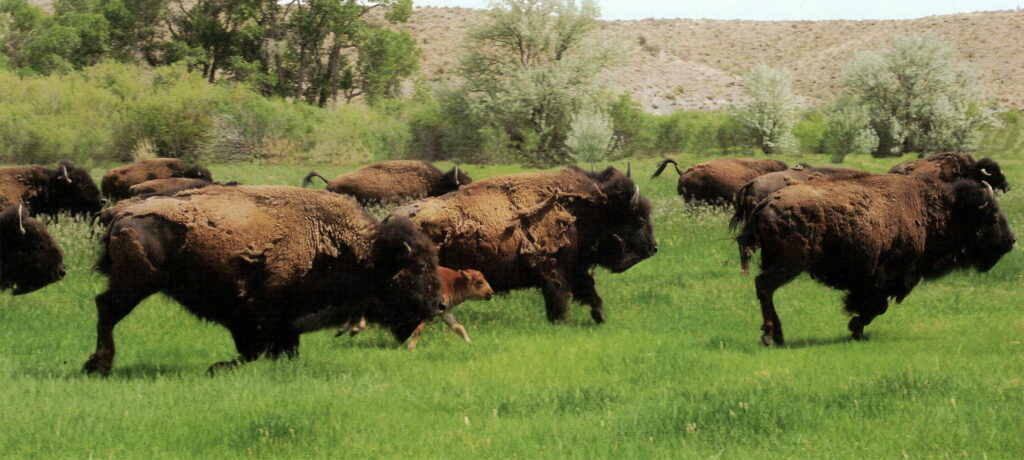
Individuals on foot are no match for the speed and strength of these huge animals. People living during the Stone Age had perfected their weapons and tools, but it was dangerous to try to harvest these massive animals in the open. Bison will flee, if possible, but if cornered can be very defensive. Thus, there was a need for early inhabitants of North America to find a better and safer way to harvest these migrating animals.
The use of buffalo jumps and traps were a solution and came into prevalent use by North American Indians around the first century A.D. Plains hunters killed bison by herding the bison and driving them over a cliff or into a deep trap.
Steamboat Mountain
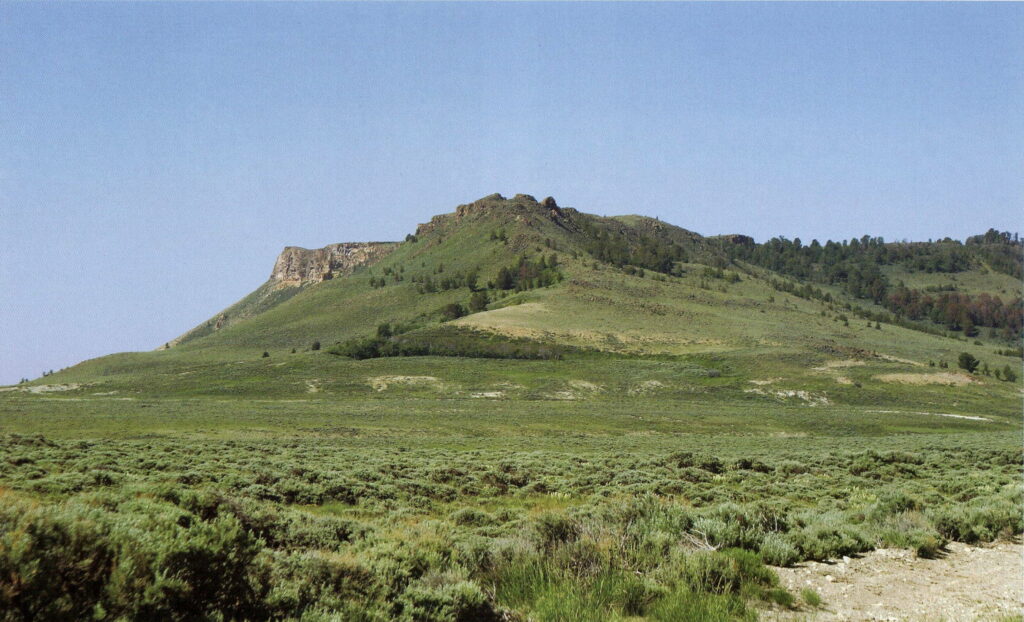
Steamboat Mountain, high above the desert floor at an elevation of 8,683 feet, is the location of a buffalo jump and a trap used by the early Plains hunters. This remote area was once the home to nomadic people following the ever moving herds of wildlife. There was a time when the reason to be standing on this mountain was not simply to enjoy the view or take in the beauty and quiet surroundings, but to survey the area in the hope of finding animals key to one’s existence.
You can stand on this mountain today – in what seems like the middle of nowhere – and see the vast open plains beyond. You are actually standing on The Continental Divide, but without a map or knowledge of this area’s geography you would never guess it.
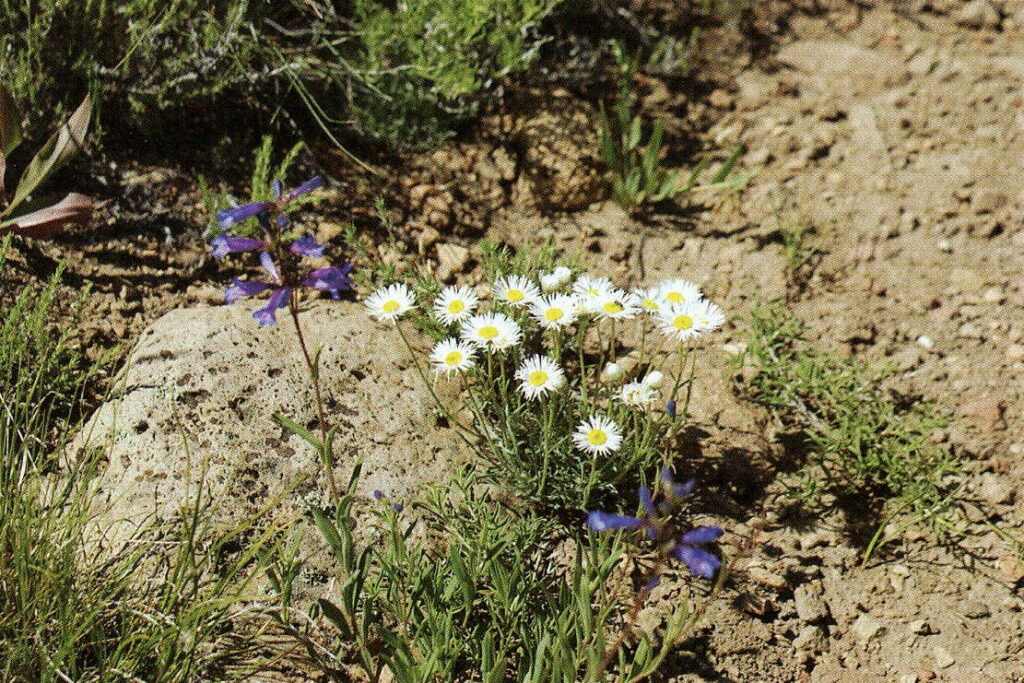
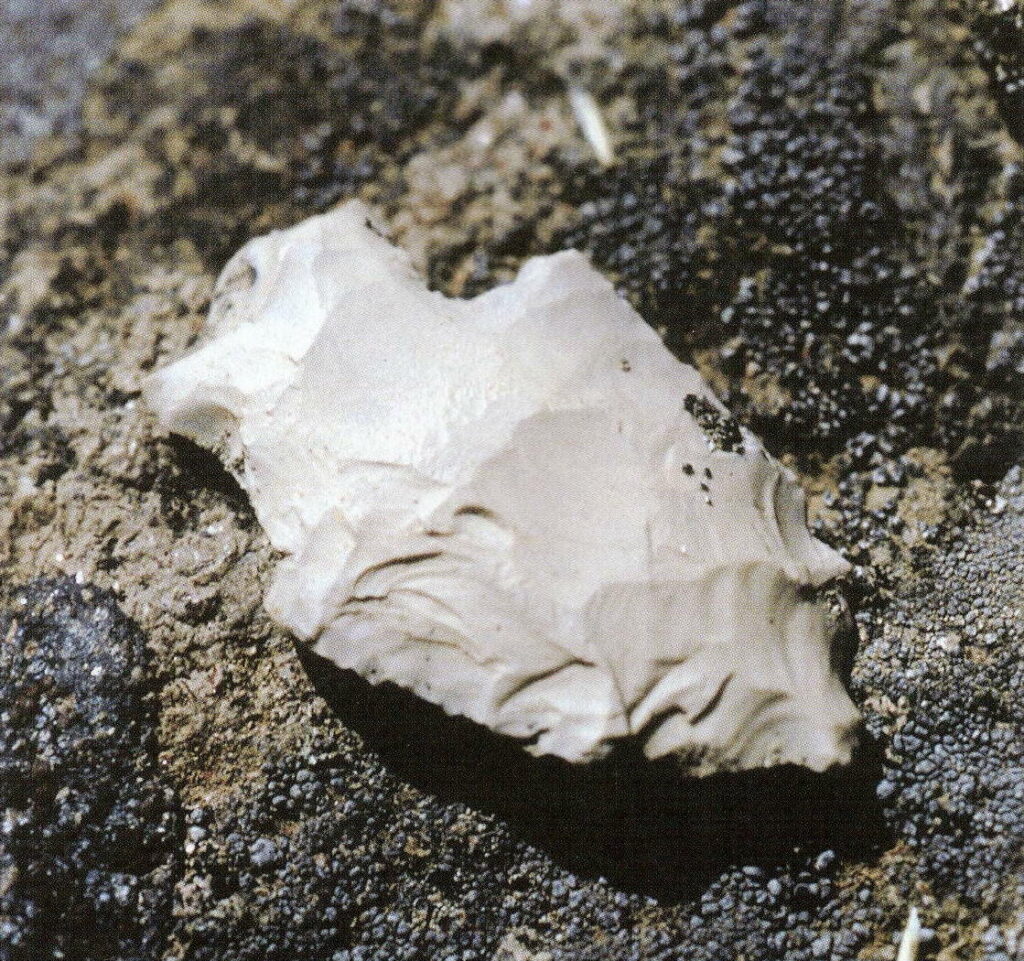
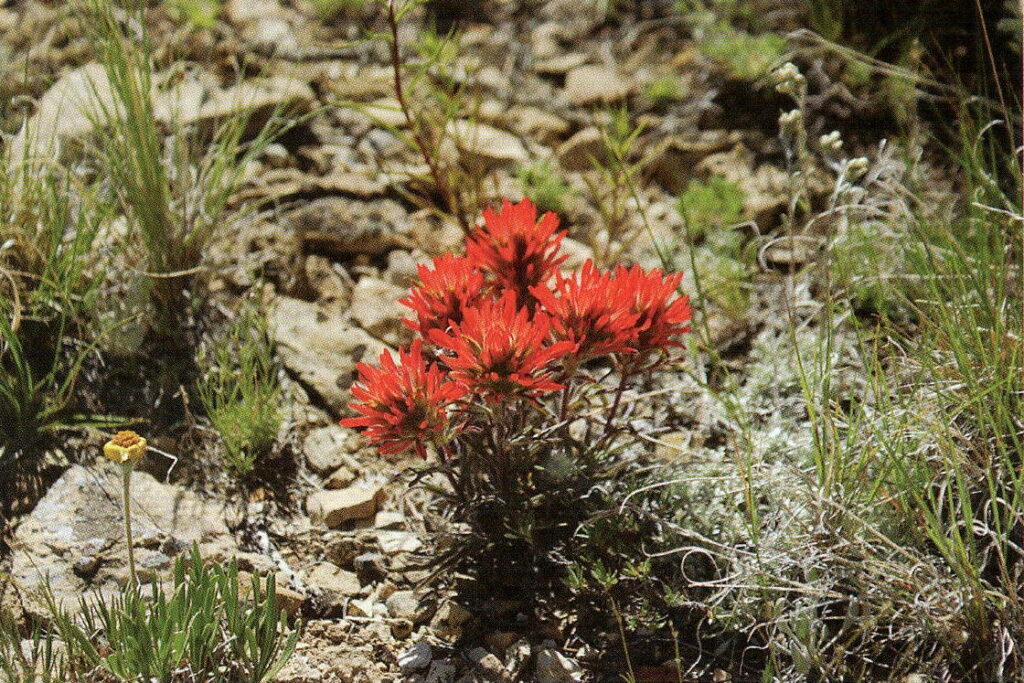
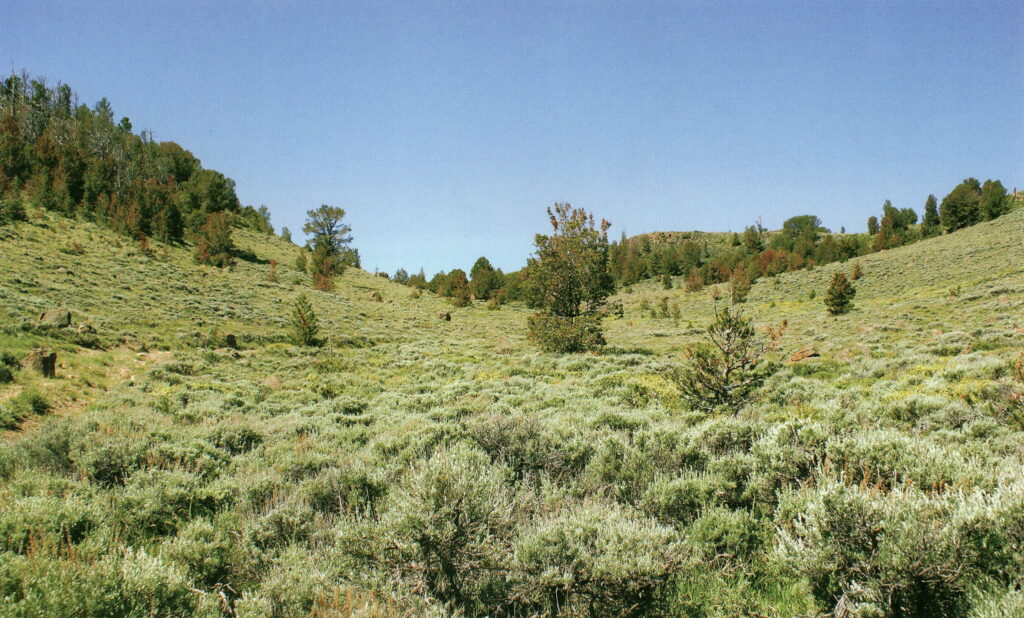
Steamboat Mountain is not a rugged snowcapped ridge above timberline along the backbone of the Rocky Mountains in the way one normally pictures The Divide. This area of The Divide is where God seemingly ran out of mountains. Steamboat Mountain is located on the rim of The Great Divide Basin that overlooks the sand dunes and the desert beyond.
Your imagination can take you back in time as you turn from the edge of the cliff on Steamboat Mountain to walk away. Back to a time when your family’s well being depended on what animals you had seen from the mountain and were able to secure with stone implements you had crafted yourself and learned to use skillfully.
Buffalo Jump Site
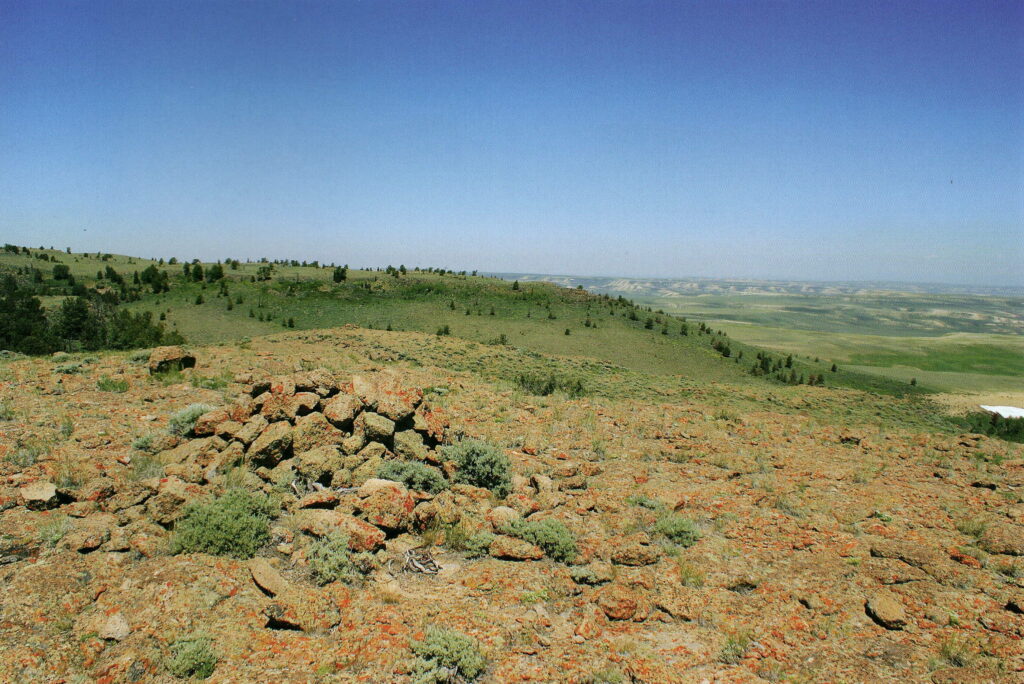
The wide shallow valley on top of Steamboat Mountain is an ideal place for a large number of animals. The area offers a large open plain for grazing, and the breeze is nearly always present keeping the flying insects somewhat at bay. Cliffs on two sides create natural barriers. To the northwest is a more open plateau. On the northeast side of this plateau is a draw leading up from a spring of cool running water. This draw is a natural path for animals to reach the plateau on top of the mountain. To the southeast over the ridge is the jump and trap. In order for early hunters to have used this location to harvest animals, they would have had to divert the animals away from the trail they normally used when leaving the mountain.
Bison can not be successfully herded, but they can be slowly hazed in a desired direction. With the expert knowledge early inhabitants had of these animals and their environment, they were able to utilize this basin to their advantage. The term primitive is sometimes used in reference to early inhabitants. But when a site such as the buffalo jump on Steamboat Mountain is evaluated, these early people are viewed in a different light.
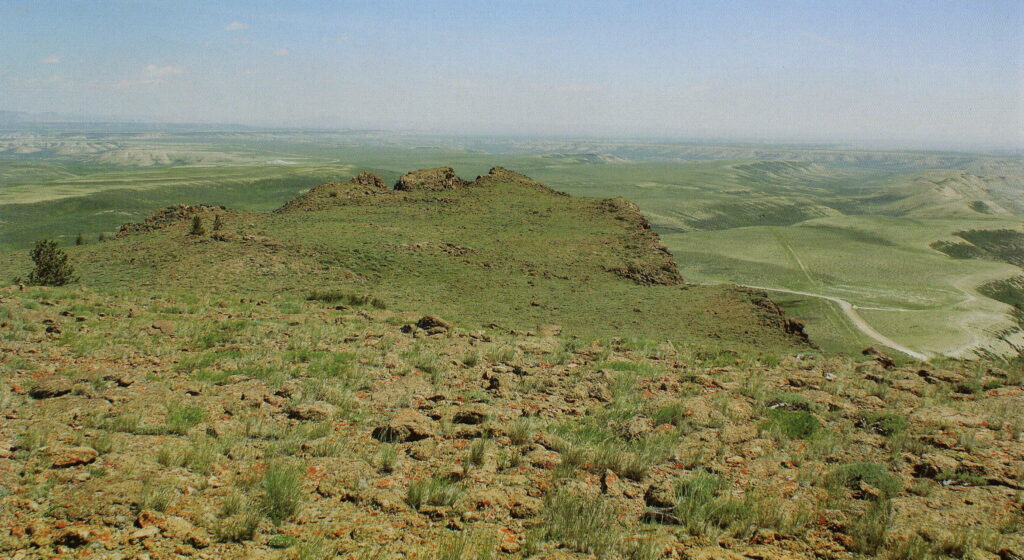
Plains hunters herding the bison and driving them over the cliff were involved in a well-coordinated and well-timed effort by a number of individuals. For example, if a large herd of bison was found on the plateau, the hunters could slowly approach from the northwest. Yielding to the presence of humans, chances are the bison would have made their way towards the valley from which they had entered the plateau. Left unrestricted, the bison could easily retreat past the spring, off the mountain and onto the open plain. However, as the bison approached the top of the valley and other individuals appeared in their path, they might have moved away from that exit wandering further down the plateau towards other paths off the mountain. Individuals would have had to be stationed at these other points to appear at just the right moment to once again turn the herd away from these exits, but not necessarily causing a stampede. The plan would have been to move the entire herd to the far end of the plateau toward the jump.
When the leaders of the herd were off the edge of the plateau and a stampede of those in the rear began, a tremendous force would have started through the herd pushing the leaders ahead of it. As those in the lead neared the point where they were accustomed to turning, taking the trail off the mountain, hunters behind the wall would have had to show themselves and spook the leaders away away from it. This would have taken some steady men to stand their ground in the face of this charging herd. The all would have had to have been tall enough to prevent the animals from easily seeing over it. This would have kept the leaders running along side the wall and up the ever narrowing area ahead of them. When the bison reached the brink and tried to stop, the force of the animals behind them would have physically forced them over the cliff or into the gap. As each animal tried to hesitate at the brink the flow of forward motion would have eventually come to a stop. They would not have just followed the one ahead of them off the cliff.
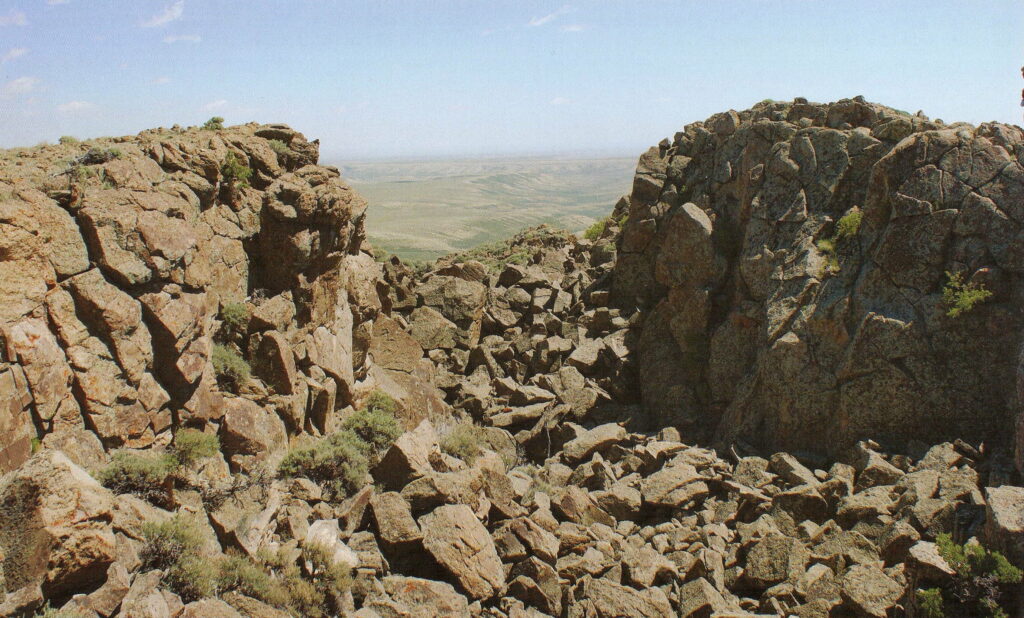
With the tide of energy having stopped, the trailing animals would have had time to turn and retreat back over the ridge from where they had entered. Buffalo are herd animals and when one goes the rest will follow. If at any point one had broken through the wall and started down the path off the mountain numerous animals would have followed.
With the momentum stopped animals would have had time to turn away from the cliff and it would have become an extremely dangerous position for those stationed behind the wall. If their return path was blocked by hunters or crippled animals the bison might have gone for the exit trail with full force, over and through the wall and anyone in their path. But given a chance, and, if there were enough hunters at the wall, those remaining animals would have retreated back up the mountain. It was not the intent to totally eliminate a herd, but harvest enough animals to fulfill their needs.
This whole process would not have taken very long to happen, but might have seemed like an eternity for those involved. Once the dust was settled and harvest completed, the long hard procedure of caring for the meat and hides would have been started.
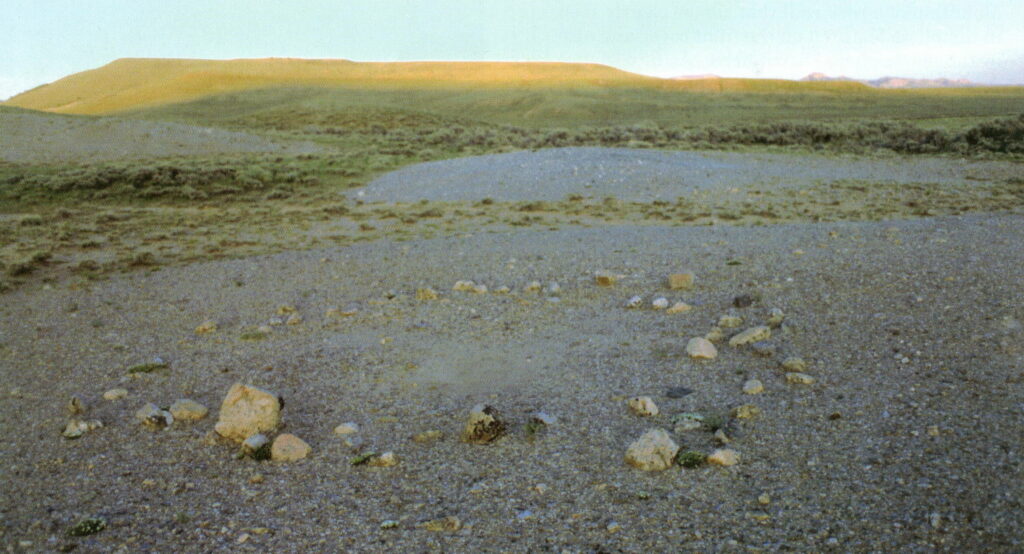
St. Stephens Indian Mission Foundation is a non-profit organization, incorporated under the laws of the State of Wyoming on March 31, 1974, and listed on page 184 of the 1993 OFFICIAL CATHOLIC DIRECTORY. The sole purpose of the foundation is “to extend financial support to St. Stephens Indian Mission and its various religious, charitable and educational programs and other services conducted primarily for the benefit of the Northern Arapaho and Eastern Shoshone Tribes on the Wind River Indian Reservation.”
Posted in Notes From the Field